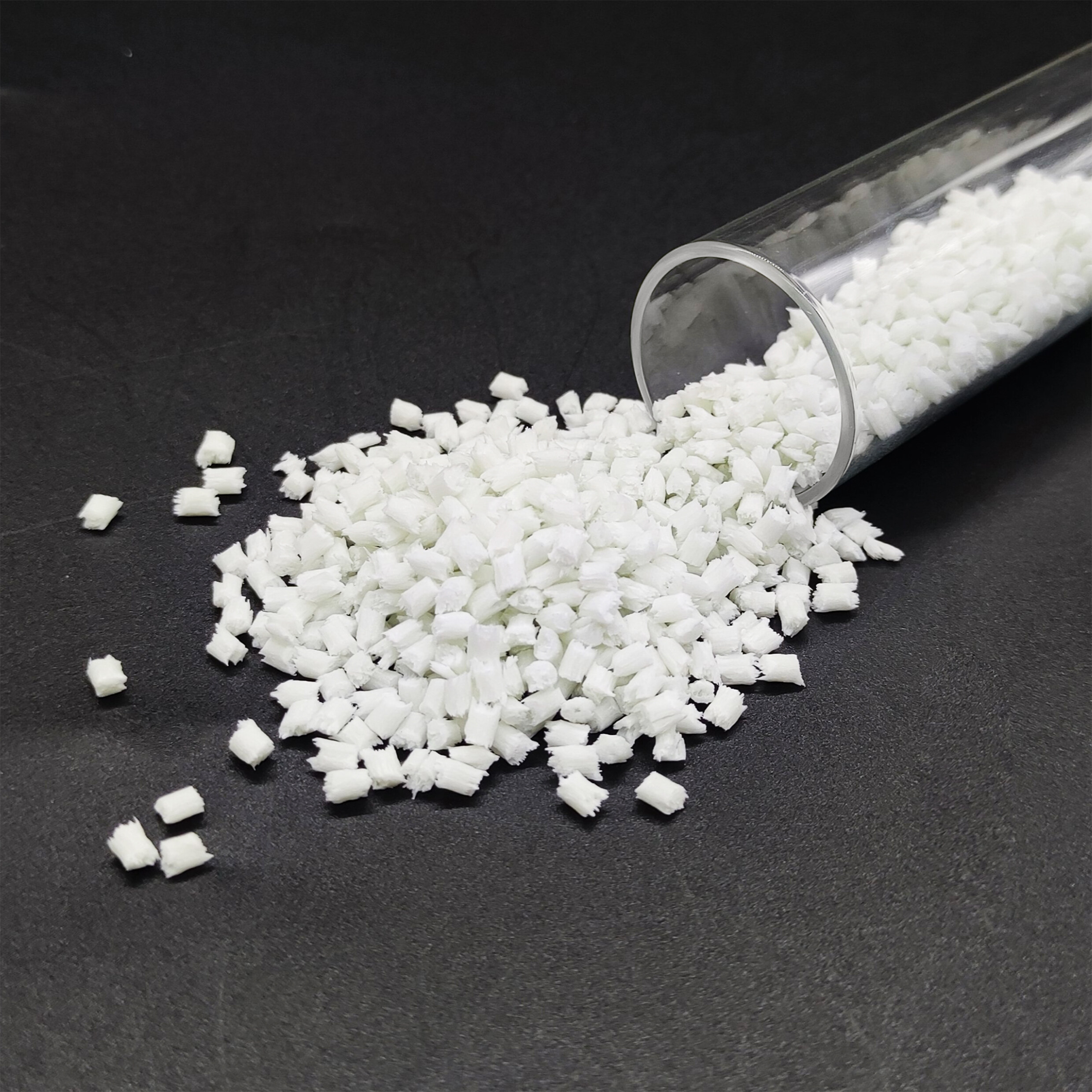Email format error
Email cannot be empty
Email already exists
6-20 characters(letters plus numbers only)
The password is inconsistent
Email format error
Email cannot be empty
Email does not exist
6-20 characters(letters plus numbers only)
The password is inconsistent


The Powerhouse Polymer: Exploring the Key Applications of PA66 (Nylon 66)
If you work in manufacturing, engineering, or product design, you’ve likely encountered PA66 — also known as Nylon 66. As one of the most widely used engineering thermoplastics, PA66 offers an exceptional balance of strength, thermal resistance, and durability. But where exactly is it used, and why has it remained a material of choice for decades?
In this article, we break down the major application areas where PA66 shines.
1. Automotive Industry
PA66 is a critical material in modern vehicles, thanks to its ability to withstand high temperatures and mechanical stress.
Common applications include:
-
Engine components: Cylinder head covers, air intake manifolds, and radiator end tanks.
-
Electrical systems: Connectors, sensors, and cable ties.
-
Transmission and braking systems: Gear modules, bearing cages, and brake fluid reservoirs.
Why PA66?
Its high melting point (∼260°C), excellent fatigue resistance, and good chemical resistance against oils and fuels make it ideal under the hood.
2. Electrical & Electronics
In an era of miniaturization and higher performance demands, PA66 offers reliability and safety.
Common applications include:
-
Circuit breakers, switches, and relay housings.
-
Connectors for consumer electronics and industrial equipment.
-
Enclosures for power tools and household appliances.
Why PA66?
It provides good dielectric strength, flame retardancy (when modified), and heat resistance — essential for preventing short circuits and thermal failure.
3. Industrial & Mechanical Parts
PA66 is often the go-to material for high-stress mechanical components.
Common applications include:
-
Gears, bearings, and rollers.
-
Conveyor system components.
-
Pumps and valve housings.
Why PA66?
Its low friction coefficient, wear resistance, and high tensile strength ensure longevity and reduced maintenance in moving parts.
4. Consumer Goods
From sports equipment to everyday items, PA66 adds durability and lightweight performance.
Common applications include:
-
Power tool housings
-
Sporting goods: Ski bindings, bicycle wheels, and climbing equipment.
-
Textiles: High-performance fibers used in backpacks, luggage, and protective apparel.
Why PA66?
It offers an excellent strength-to-weight ratio, impact resistance, and flexibility in design.
5. Textiles & Fibers
While often overlooked, PA66 is a cornerstone of the synthetic fiber industry.
Common applications include:
-
Carpet fibers
-
Safety airbags in vehicles
-
Tire reinforcements
-
Industrial ropes and nets
Why PA66?
Its toughness, abrasion resistance, and ability to be drawn into high-tenacity fibers make it perfect for demanding textile applications.
Why Choose PA66 Over Other Plastics?
-
High mechanical strength and stiffness
-
Good thermal resistance
-
Chemical resistance to oils and solvents
-
Design flexibility — can be glass-filled, lubricated, or flame-retardant modified
Modified PA66: Tailored for Performance
Most PA66 used in industry is modified to enhance specific properties:
-
Glass-filled PA66: For increased stiffness and dimensional stability.
-
Impact-modified: For better toughness in automotive bumpers or sports gear.
-
Heat-stabilized: For prolonged exposure to high temperatures.
-
Flame-retardant: Essential in electrical applications.
Conclusion
PA66 isn’t just another plastic — it’s a versatile, high-performance polymer that enables innovation across industries. Whether it’s making cars lighter, electronics safer, or industrial equipment more reliable, PA66 continues to be a material that engineers and designers depend on.
Interested in learning how PA66 can fit into your next project? Feel free to reach out — let’s engineer better solutions together.

